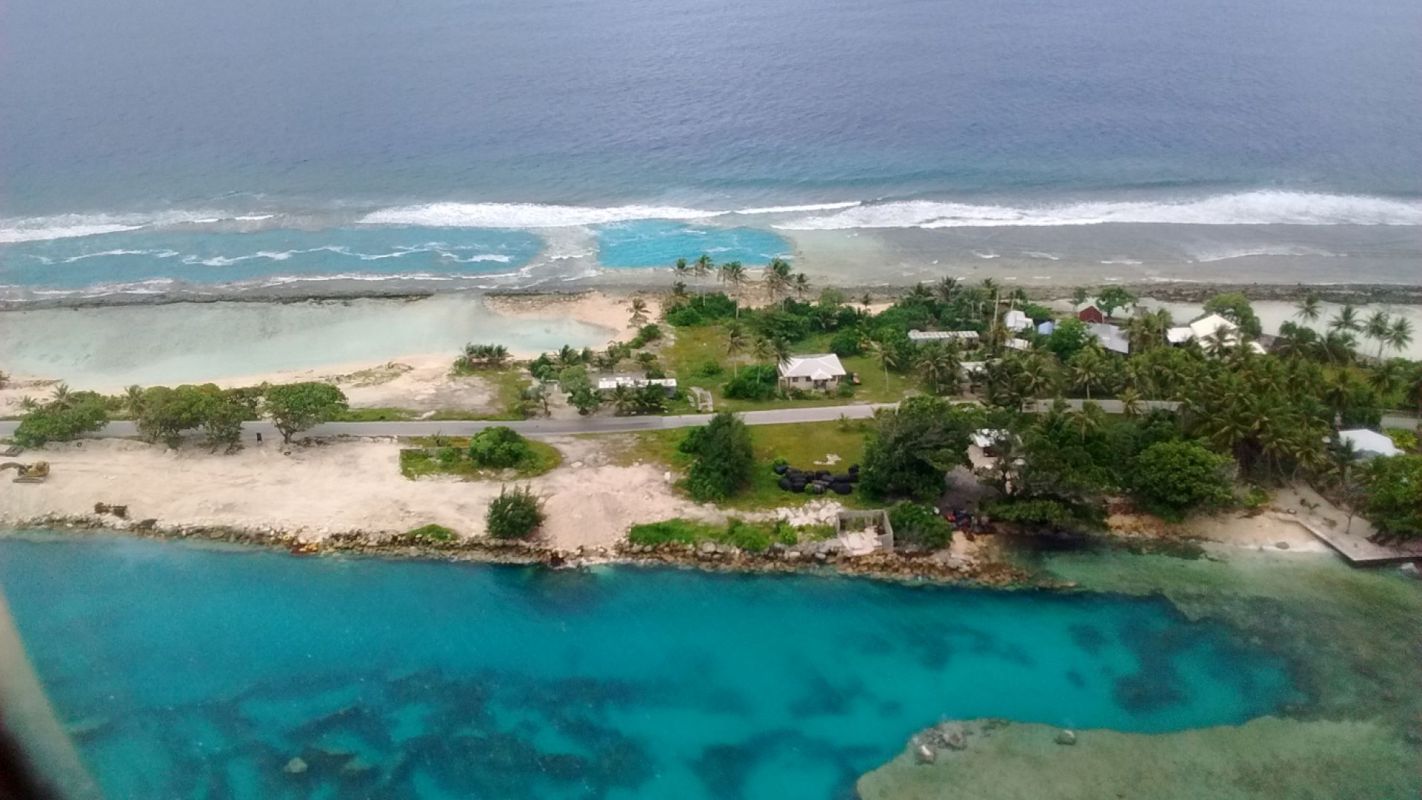Just as time can unearth buried treasures, it can also reveal haunting remnants of our past mistakes.
A recent report by the U.S. Government Accountability Office sheds light on the potential consequences of melting ice sheets and rising sea levels. This could lead to the disturbance of nuclear waste left behind by U.S. nuclear projects, particularly in Greenland and the Marshall Islands. The report paints a grim picture of the aftermath of nuclear testing during the Cold War era.
Why is the unearthing of nuclear waste important?
Earth's rising temperatures are disturbing buried nuclear waste, causing widespread concern to those living in nearby areas. Nuclear waste is the leftover material from nuclear reactors, and it can be harmful because it remains radioactive for thousands of years, posing threats to the environment and humans.
In the Marshall Islands, rising sea levels could spread contamination, further endangering the health of residents already grappling with the aftermath of nuclear testing. Additionally, conflicting risk assessments and a lack of clear communication exacerbate distrust among affected communities — a hindrance to solving the problem.
Similarly, in Greenland, nuclear waste from a former U.S. military research base poses a threat as ice sheets melt. Chemical pollution and radioactive material left over from past nuclear activities could potentially contaminate the environment.
The lack of comprehensive cleanup plans in both regions underscores the urgency of addressing this issue. Failure to take action not only perpetuates environmental risks but also undermines the well-being of communities already bearing the brunt of historical injustices.
What's being done about nuclear waste?
Ariana Tibon, chair of the National Nuclear Commission, told Grist that she was disappointed that the report's only recommendation boiled down to creating a new communications strategy.
"What we need now is action and implementation on environmental remediation. We don't need a communication strategy," she said. "If they know that it's contaminated, why wasn't the recommendation for next steps on environmental remediation, or what's possible to return these lands to safe and habitable conditions for these communities?"
Recent developments, such as the discovery of bacteria that can consume nuclear waste, offer hope for new methods of mitigating these dangers. It's an area of active research and innovation, aiming to make nuclear energy cleaner and safer for the future.
Moreover, funding initiatives, such as the recent agreement by the Biden administration to support a museum commemorating those affected by nuclear testing, are steps in the right direction but must be accompanied by tangible measures to address environmental contamination.
Join our free newsletter for cool news and actionable info that makes it easy to help yourself while helping the planet.









